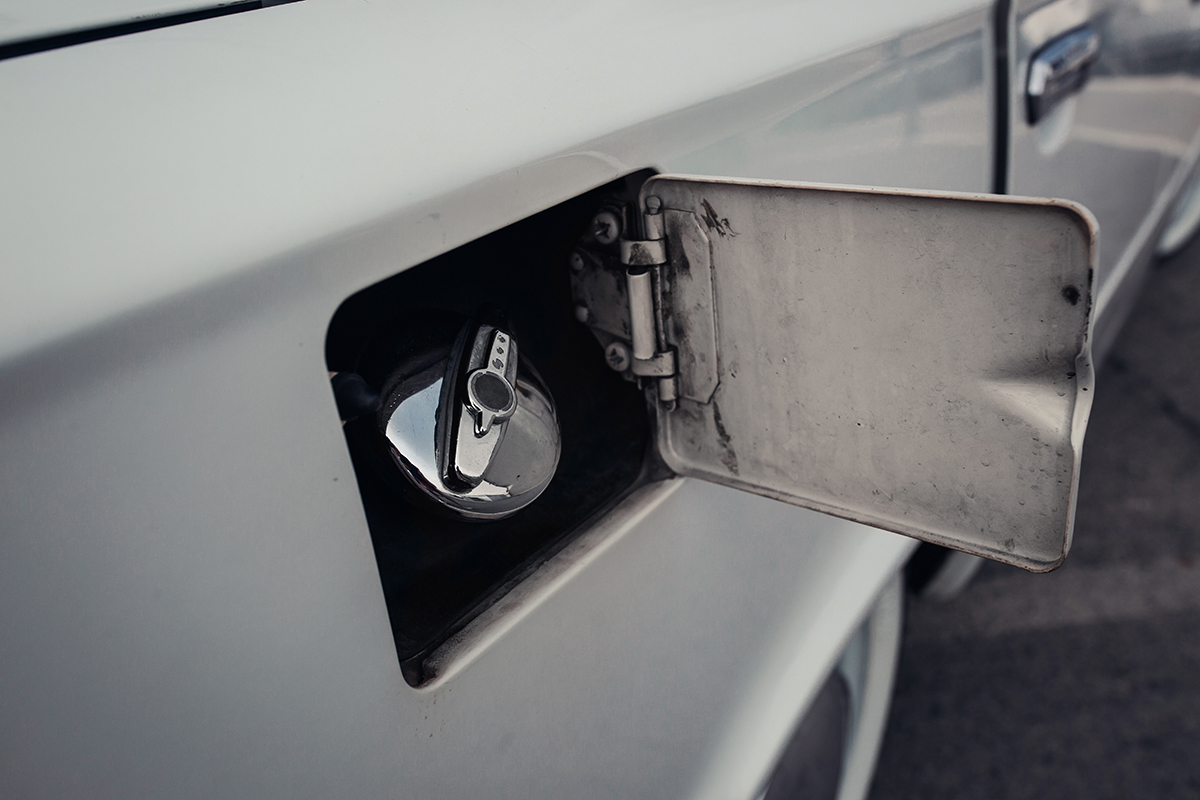What Is Non-Ethanol Fuel & Where Can I Get It?

At the gas pump, you’ve probably seen options labeled with “E10” or “Contains up to 10% ethanol.” But occasionally, you may notice a pump offering something different: non-ethanol fuel. What exactly is this type of gasoline, and why do some drivers go out of their way to find it? Let's explore some of folks' most common questions on this topic, like what non-ethanol fuel is, why it’s used, where to get non-ethanol fuel, and whether it’s the right choice for your vehicle.
Psst! Need non-ethanol fuel now? Head to Metro Motor in Barcroft.
What is ethanol and why is it in gasoline?
Ethanol is a type of alcohol made primarily from corn and other plant materials. In the United States, ethanol is commonly blended with gasoline to help reduce emissions, improve octane ratings, and reduce dependency on fossil fuels. The most common blend sold at gas stations is E10, which contains 90% gasoline and 10% ethanol.
Ethanol has been used in fuel since the 1970s and is now a standard additive in line with environmental regulations and energy policy mandates.
So, what is non-ethanol fuel?
Non-ethanol fuel, sometimes called “pure gasoline” or “ethanol-free gas,” is simply gasoline that hasn’t been blended with ethanol. It’s the same petroleum-based fuel your car would have used before ethanol blends became standard.
While E10 is widely available, non-ethanol fuel is typically offered at select stations and is sometimes labeled as “Recreational Fuel” or “REC-90.” It’s generally marketed toward drivers with specialized engines or older vehicles.
What vehicles or engines use non-ethanol fuel?
While most modern vehicles are designed to run on ethanol-blended fuel, non-ethanol gas still plays an important role for certain types of engines and drivers.
- Classic & Vintage Cars
Older vehicles, especially those built before the early 2000s, may not have fuel systems designed for ethanol. Ethanol is hygroscopic, meaning it absorbs water, which can lead to fuel separation, rust, or corrosion in older fuel lines and carburetors. For these vehicles, non-ethanol fuel helps preserve engine health and performance. - Boats & Marine Engines
Boaters often prefer ethanol-free gas because ethanol can attract water and cause issues in marine fuel tanks. Non-ethanol fuel also burns more cleanly in small marine engines and helps prevent stalling or power loss on the water. - Small Engines (Lawnmowers, Chainsaws, Generators)
Small gas-powered engines like those in lawn equipment and portable generators can degrade quickly when exposed to ethanol-blended fuel. Using non-ethanol fuel helps avoid clogs, gumming, and hard starts, especially during long periods of storage. - Motorcycles, ATVs & Recreational Vehicles
Performance-focused engines found in powersports vehicles often run better on pure gasoline. Non-ethanol fuel provides more stable combustion and fewer issues with vapor lock or stalling during operation.
There are benefits to using non-ethanol fuel.
While not necessary for every vehicle, non-ethanol fuel offers several benefits under the right conditions:
- Better Fuel Stability | Ethanol-free gas doesn’t absorb moisture and has a longer shelf life – ideal for seasonal vehicles and stored equipment.
- Less Wear on Engines | Non-ethanol fuel reduces the risk of corrosion, gasket damage, and clogging in older or delicate engines.
- Improved Fuel Efficiency | Pure gasoline contains more energy per gallon than ethanol-blended fuels, which may translate into better miles per gallon in certain engines.
- Cleaner Burn in Small Engines | Small motors and two-stroke engines tend to run smoother and with fewer deposits when using ethanol-free gas.
Are there downsides to using non-ethanol fuel?
Despite its benefits, non-ethanol fuel isn’t ideal for every situation. Here are a few considerations:
- Availability | Non-ethanol fuel isn’t sold at every gas station, and it may require some effort to find a provider in your area. Metro Motor offers non-ethanol fuel at our Barcroft location.
- Higher Cost Per Gallon | Because of its limited production and specialized use, non-ethanol gas often costs 20 to 50 cents more per gallon than regular E10.
- Not Always Necessary | Modern vehicles are designed to run efficiently on E10, and using ethanol-free gas won’t necessarily improve performance or longevity for newer engines.
- Lower Environmental Benefit | Ethanol is a renewable fuel source, and using non-ethanol gas may increase a vehicle's carbon emissions.
Can I use non-ethanol gas in my car?
For the majority of vehicles on the road, yes: non-ethanol gasoline is safe to use in most gas-powered vehicles, especially if it meets the correct octane rating for your engine. However, unless your owner’s manual recommends it, you may not see significant benefits from switching. If your car is newer, drives daily, and hasn’t experienced performance issues on E10, there’s likely no need to seek out ethanol-free fuel.
Where can I find non-ethanol fuel?
The Metro Motor auto repair shop and gas station in Barcroft offers non-ethanol fuel for sale. Look for the specially-marked pump or ask a team member for guidance (non-ethanol fuel is available at the pump nearest S. George Mason Dr.). We ensure that all our fuels – ethanol and ethanol-free alike – meet the highest standards for quality and consistency.
Need help choosing the right fuel for your vehicle? Stop by a Metro Motor location and ask our expert team. Whether you’re refueling a motorcycle, an RV, or your daily driver, we’ll help you find the best gas for maximum performance and protection.
Vehicle care information made available by Metro Motor is presented as helpful advice for general maintenance and should not be construed as instructions for at-home vehicle service. Be sure to consult your owner’s manual and a licensed, professional mechanic for diagnostics and repair.
